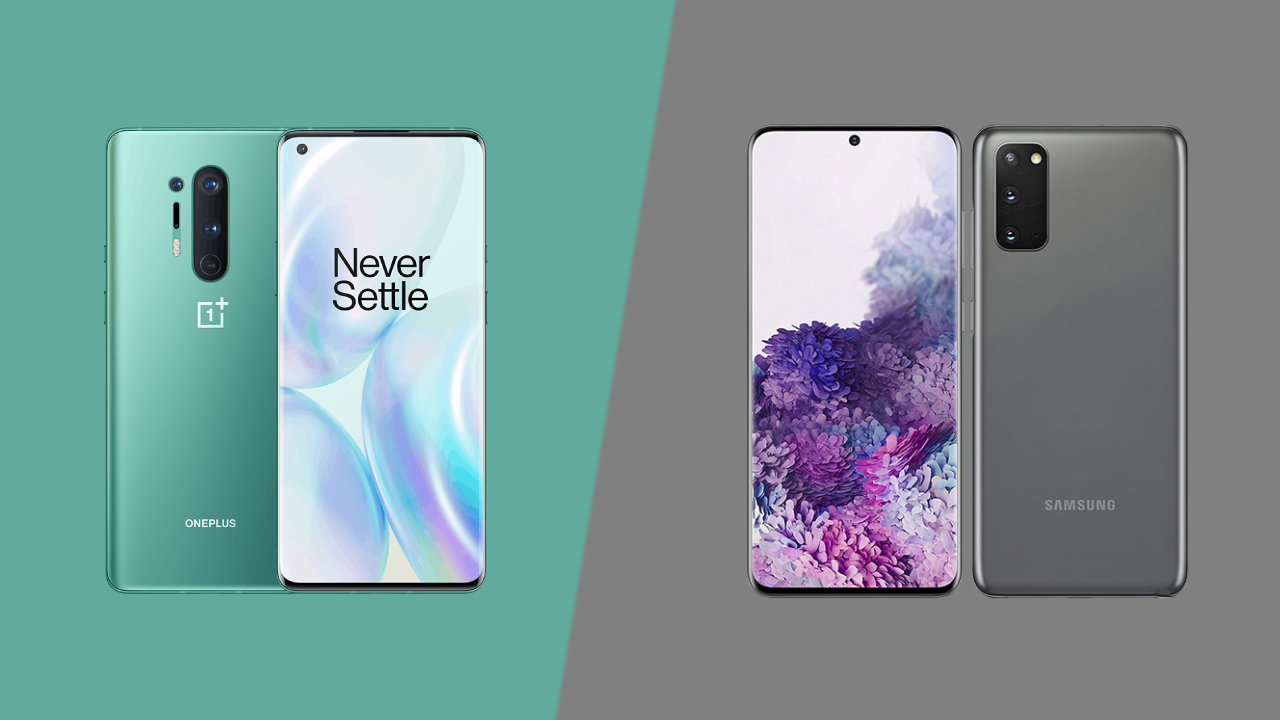
Two of the best Android phones released in 2020 so far, you really couldn’t go wrong with either the OnePlus 8 Pro or the Samsung Galaxy S20.
We thought we’d get that out of the way at the start, because it’s the last time we’re going to be so magnanimous. Sharing identical review scores, similar pricing, and a nip-and-tuck spec list, we’re looking at an incredibly tight fight. These two phones are direct competitors for your hard-earned money, so it pays to know which holds the overall advantage.
And to do that we need to break things down, spec by spec, and re-examine our thoughts on each. At the end of it all, we’ll bring you our view on which is the better of the two: is it the Samsung Galaxy S20 or the OnePlus 8 Pro? Let’s find out.
Samsung Galaxy S20 vs OnePlus 8 Pro price and availability
Let’s kick things off with some baseline numbers. Which of these two Android flagship titans is the newest, and which is the cheapest? The two phones launched in 2020 within a month and a half of one another, with the Galaxy S20 landing first on March 6 and the OnePlus 8 Pro arriving a little later on April 21.
In terms of cost, they’re very closely matched indeed. Taking the official Samsung website as our source, prices of the Galaxy S20 start from £799/AU$1,349; note that this 4G Galaxy S20 isn’t available in the US. Over on the OnePlus website, the OnePlus 8 Pro starts from £799/$899 (around AU$1,406), but it isn’t available in Australia.
Further up the price scale, the 5G-ready Samsung Galaxy S20 costs £899 / $1,000 / AU$1,499, and the OnePlus 8 Pro 12GB RAM with 256GB of storage costs £899 / $999 (about AU$1,597).
It should be noted that availability across these models and territories is pretty patchy. Also, you’ll find plenty of discounting if you shop around. Samsung’s own websites in the UK and Australia are currently selling the S20 for less than RRP, for example.
Sign up for breaking news, reviews, opinion, top tech deals, and more.
Design
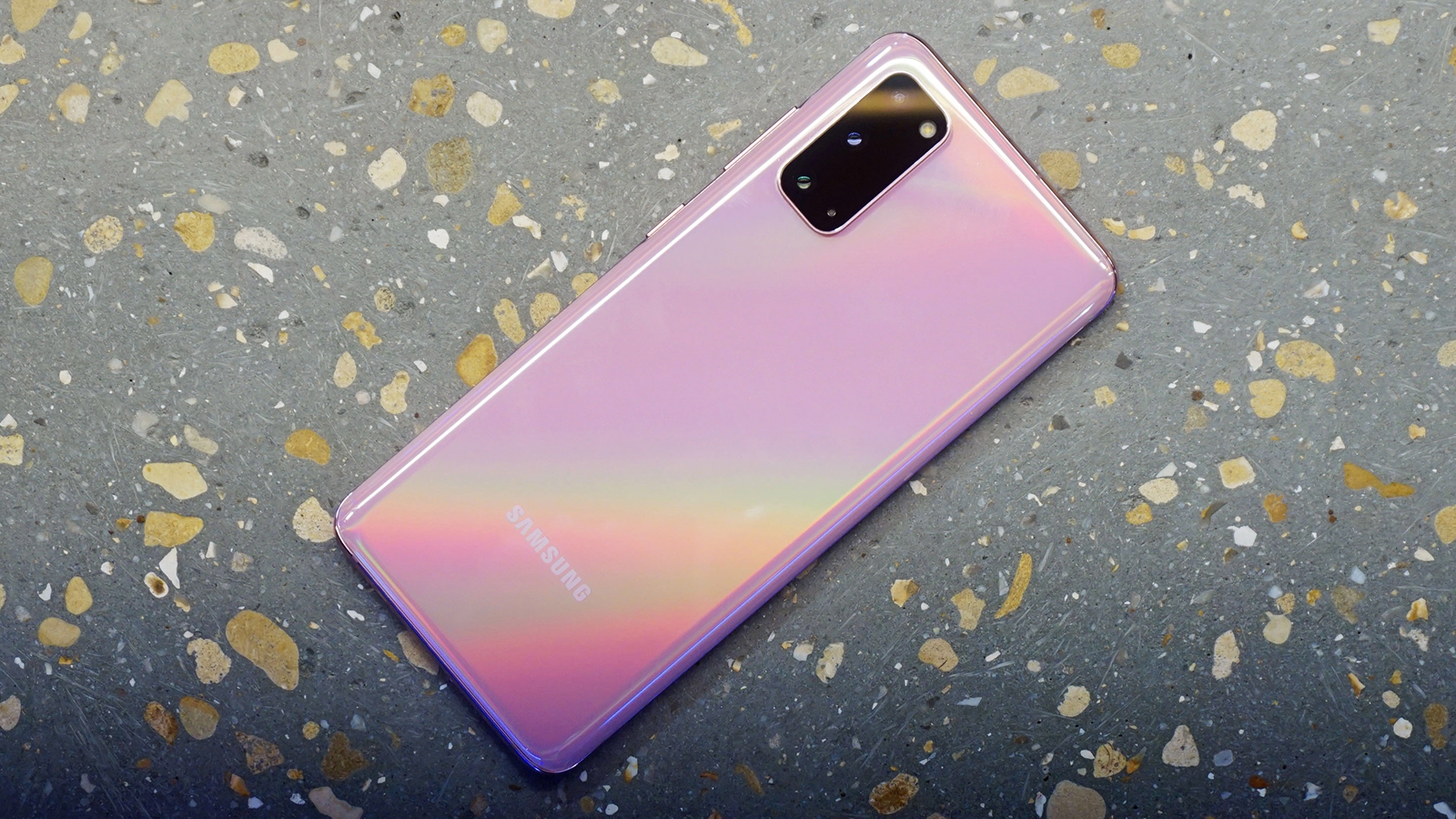
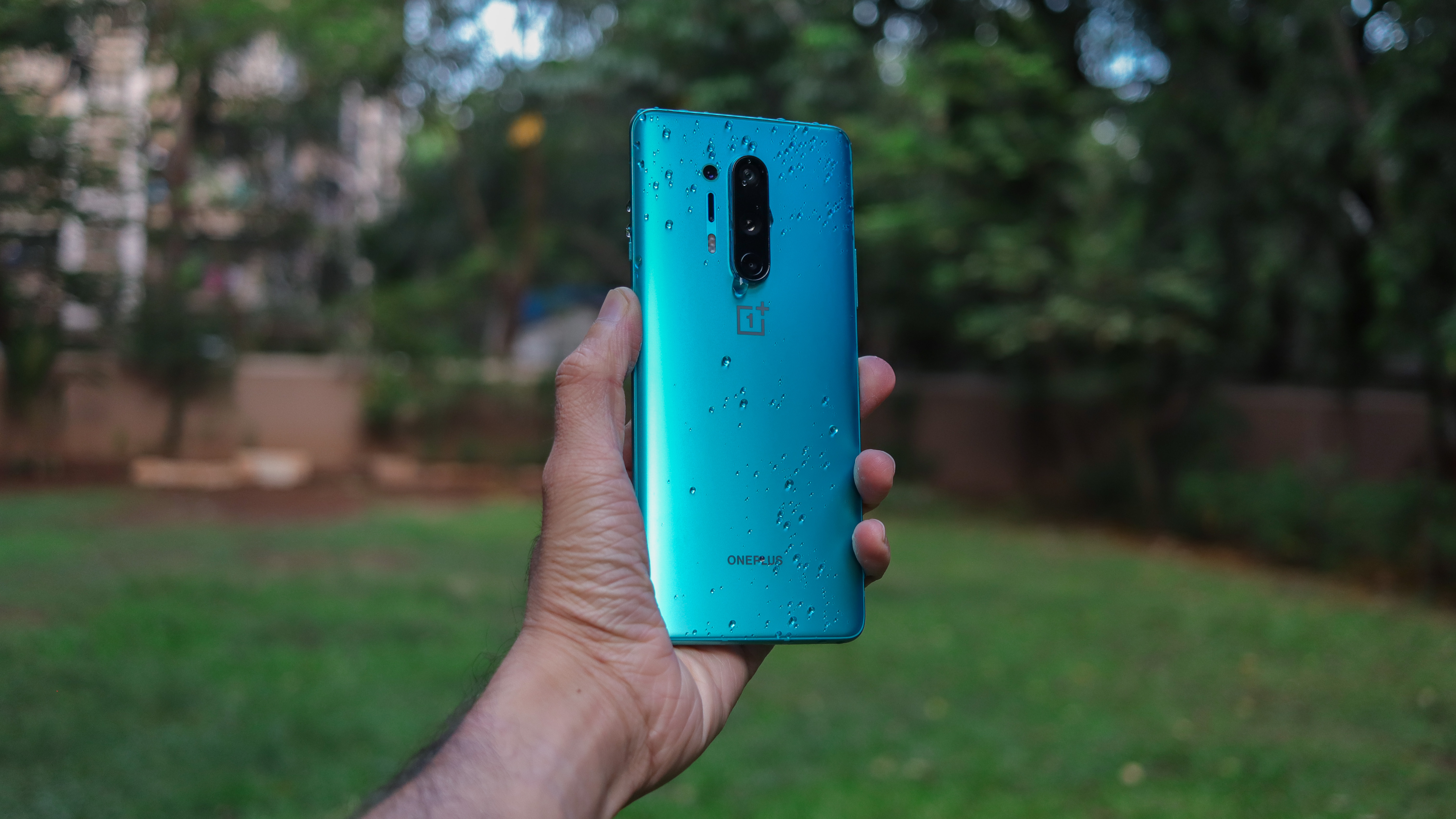
These are two handsome flagship phones, each sporting a modern, curvaceous glass-and-metal look. But there are some noteworthy differences.
If we were to make a choice based on aesthetic value alone, we might just be pushed to go with the Samsung Galaxy S20. The South Korean manufacturer makes some of the most attractive phones in the business, and the Galaxy S20 is no exception.
The main advantage it has over the OnePlus 8 Pro is that it’s much lighter at 163g versus 199g, and it’s also half a millimetre thinner. The Galaxy S20 is a centimetre shorter and half a centimetre narrower than the 8 Pro, which makes it a far more pocketable phone.
Beyond being easier to handle, the Samsung dramatically lessens the severity of its display edge curves in comparison to previous generation handsets. More importantly, it’s a far flatter display than that of the OnePlus 8 Pro, which leads to fewer false presses and visual distortions with landscape content.
Both phones opt for a hole-punch selfie camera, but while the OnePlus 8 Pro positions it in the top-left corner, the Galaxy S20 places it centrally. This is largely a matter of preference, but Samsung’s placement is a little more unique to our eyes, not to mention symmetrical.
Turning the two phones over, Samsung has opted to place its camera to one side, while the OnePlus positions its unit in the middle. Both phones wobble on a flat surface, but in different ways. The OnePlus 8 Pro’s camera protrudes more noticeably, however, which we found annoying.
Samsung offers its handset in a wider range of colors – 5 against 3 – and each has a glossier finish than that of the OnePlus 8 Pro. Fans who like their phones a little more understated might prefer OnePlus’s more matte finish.
Kudos to OnePlus for sticking with that physical alert slider, too. It’s a real boon.
Display

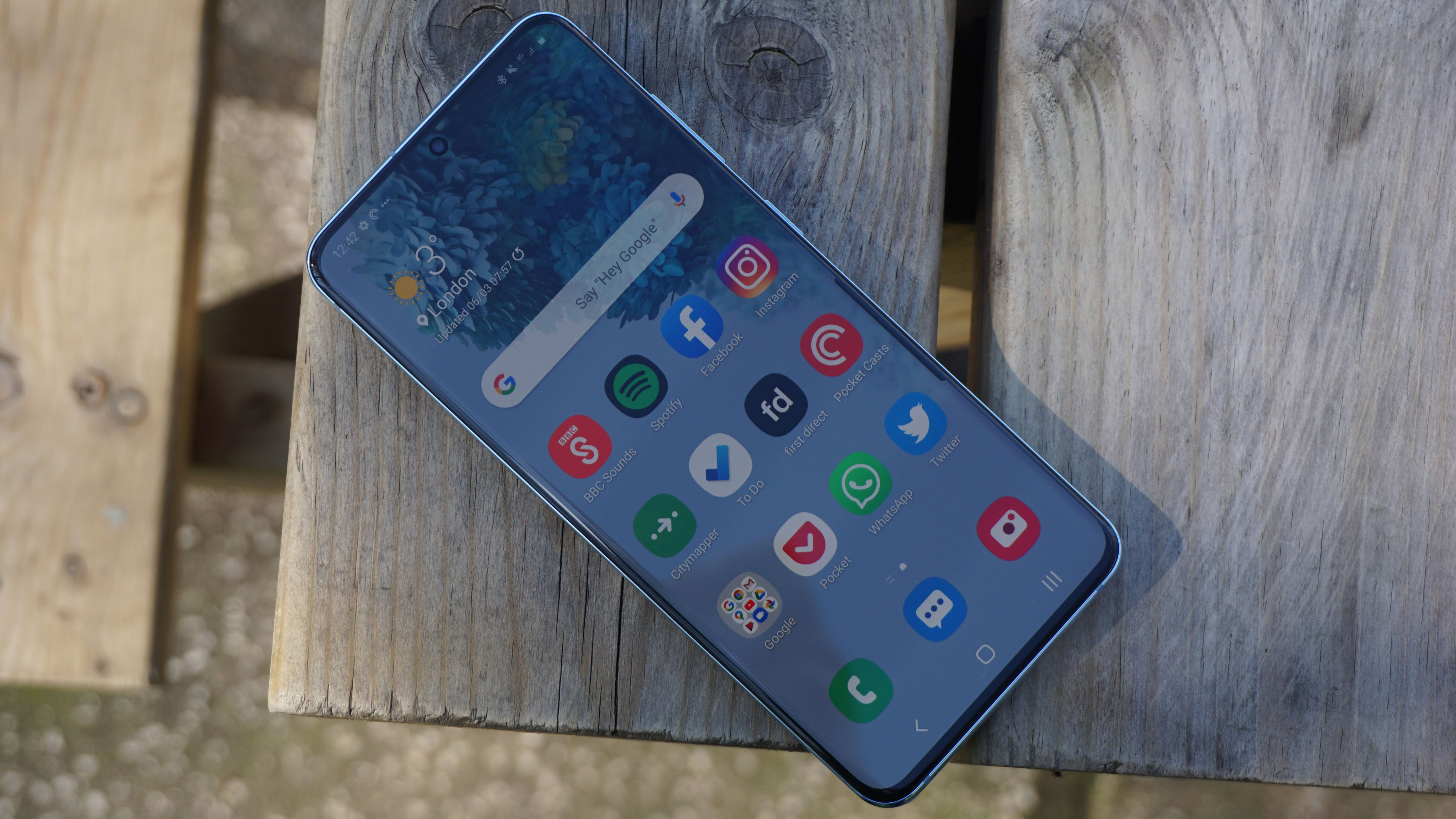
Samsung typically wins when it’s involved in any flagship display comparison, but things aren’t so simple with the OnePlus 8 Pro involved.
Both screens are excellent, and among the very best you can get in a phone today. We’re looking at a pair of vibrant AMOLEDs capable of up to QHD+ resolutions and 120Hz refresh rates.
But the OnePlus 8 Pro wins out for a couple of reasons. The most obvious is that it’s bigger at 6.78 inches next to the Samsung Galaxy S20’s 6.2-inch screen.
More significantly, the OnePlus is capable of outputting at QHD and 120Hz simultaneously. With the Samsung phone, it’s a case of either or.
This means that at any one time, if you crank up the OnePlus 8 Pro screen to the max, it’s either sharper or more fluid than its rival. We’re genuinely surprised that Samsung hasn’t introduced a ‘fix’ with a subsequent update, but we can only assume that the company couldn’t figure out the battery life implications.
It’s a notable win for OnePlus, then, but don’t let that put you off the Samsung Galaxy S20 entirely. We called its display “one of the best screens available on a smartphone right now” in our review, and that remains the case.
Camera
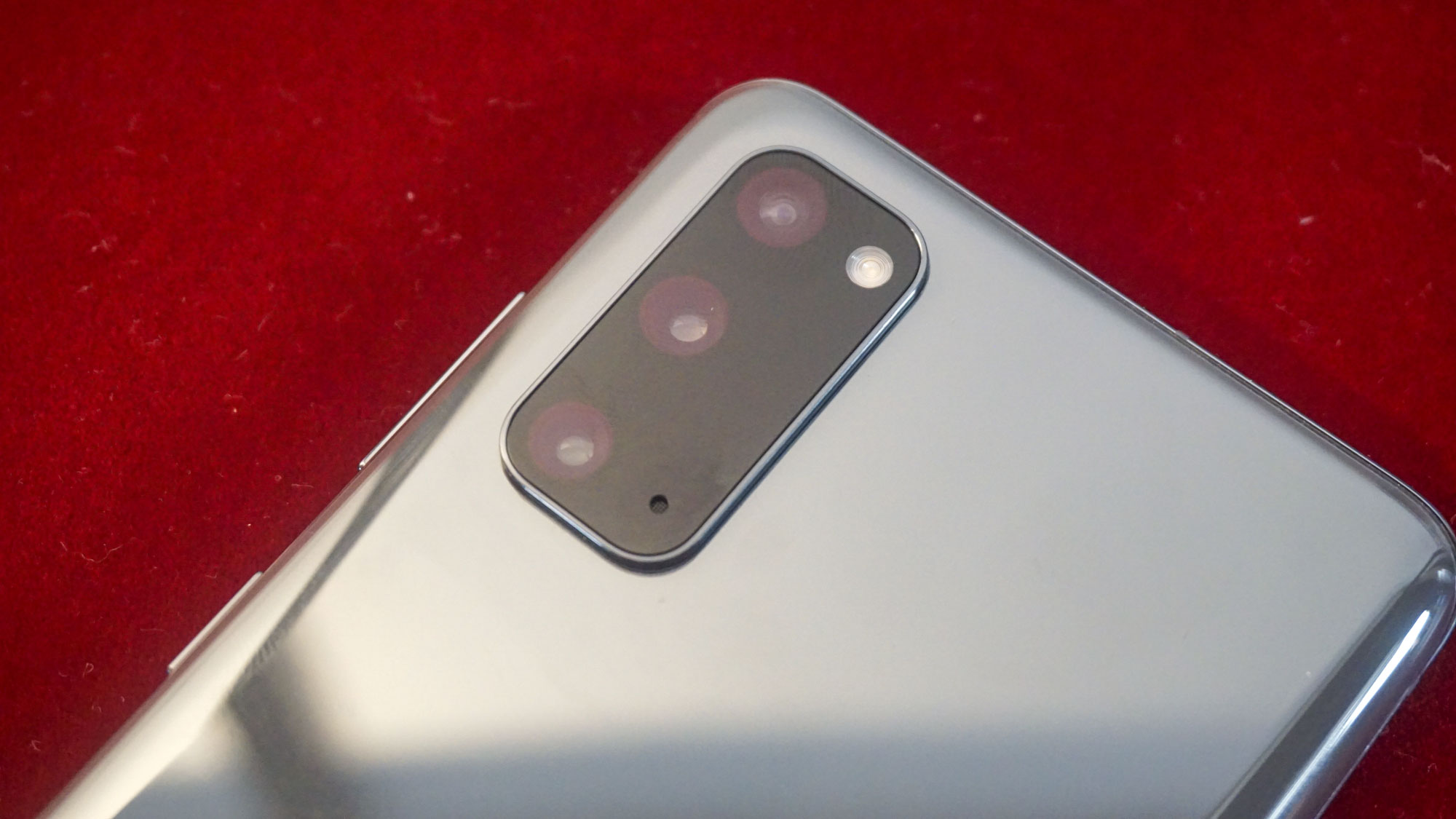
Just a year or two ago, a comparison between these two companies’ flagship phone cameras would have resulted in an easy win for Samsung. The South Korean company has been near the top of the mobile photography tree for years now, while OnePlus has always come up short.
Not any more. The OnePlus 8 Pro offers the first genuinely competitive flagship camera experience from the company yet. That’s largely thanks to a main 48-megapixel f/1.78 Sony IMX689 image sensor, which is one of the largest you’ll find in any phone.
A 48-megapixel ultra-wide-angle lens offers a capable zoomed-out alternative, and while we ‘d have liked a slightly sharper telephoto sensor than the 3x 8-megapixel unit provided, it’s still capable of decent shots. The 5-megapixel colour filter camera is a gimmick, though.
As you’d expect from Samsung, the Galaxy S20 is a highly capable all-round snapper. It might not have the huge main sensor of the Galaxy S20 Ultra, but it still comes up with the goods.
It’s led by a 12-megapixel f/1.8 sensor, which produces larger pixels than its rival (1.8µm versus 1.12µm). This is backed by a 64-megapixel f/2.0 3x telephoto and a 12-megapixel f/2.2 ultra-wide.
Those are the facts and figures, but in reality both are flexible, all-round capable camera systems, and the differences largely come down to variations in color science and the like. In general use, the Samsung Galaxy S20 produces shots with punchier, more vibrant colors that might better suit an Instagram post than those taken with the OnePlus.
The OnePlus 8 Pro, on the other hand, produces more muted but also more natural-looking shots. If you want to capture a moment as it looks to your naked eye, the OnePlus will probably do a better job. However, Samsung’s wide-angle camera takes in a broader field of view than OnePlus’s, which means it’s more useful at what it sets out to do.
In terms of Night mode, the OnePlus 8 Pro’s larger sensor pays off with brighter, less noisy low-light shots. It takes these low-light shots surprisingly quickly, too, which is useful.
When it comes to video, though, the Samsung Galaxy S20 gets bragging rights, with support for 8K video at 30fps. The OnePlus 8 Pro can ‘only’ manage 4K at 60 fps.
Specs and performance

If we were writing this part of the comparison from the US, then it would be a straight-up tie. Both the OnePlus 8 Pro and the US model of the Samsung Galaxy S20 run on the blazing-fast Snapdragon 865 CPU.
Perhaps the OnePlus 8 Pro would gain a slight edge, thanks to the option of 12GB of LDDR5 RAM over the fixed 8GB in the Samsung Galaxy S20. But this makes minimal difference in practical terms.
As it is, we’re writing this from the UK, where the so-called global model of the Samsung Galaxy S20 is sold. And that phone runs on Samsung’s own Exynos 990 CPU.
We’ve seen this waved away as being roughly equivalent in certain quarters. However, the brutal fact is the Exynos isn’t as fast as the Snapdragon 865, as shown by benchmark tests.
In day-to-day terms, and even with most high-end games, this difference isn’t readily apparent, but it does make the OnePlus 8 Pro slightly more future-proof. We’ve also experienced the odd glitch when it comes to gaming on the Exynos 990, which suggests an inferior level of support from developers.
Another specification that runs in the OnePlus 8 Pro’s favor is 5G, which comes as standard no matter the model you opt for. With the entry-level Galaxy S20, you only get 4G connectivity.
When it comes to storage, both phones have their advantages. The OnePlus 8 Pro offers the option to double your storage to 256GB, while the Galaxy S20 offers 128GB or nothing. However, with the Samsung you also get a microSD slot for expansion purposes, which isn’t included with the OnePlus.
One final area of comparison is software. Samsung has come a long way with its own One UI, to the point where it’s now attractive and easy to use. But OnePlus tops it with its clean and fluid OxygenOS, which feels similar to stock Android but with an extra injection of customizability and speed. You don’t get as much bloatware as you do with the Galaxy S20, either.
Battery life
The OnePlus 8 Pro has a 4510mAh battery, which is much bigger than the Samsung Galaxy S20’s 4000mAh unit. That largely accounts for the difference in size and weight.
Both phones will last a day of normal use, with double figures left in the tank. However, it’s worth pointing out that the OnePlus 8 Pro is generally being asked to do a little more. Or at least it is if you set the screen to output at QHD and 120Hz.
In terms of charging technology, both phones have reversible wireless capabilities, so you can charge your wireless buds off the back of them if you wish. The OnePlus 8 Pro supports 30W wireless charging, if you buy the appropriate charger, while the Samsung supports a slower (but still quick) 15W standard.
If it’s truly the speed you’re after, though, the OnePlus 8 Pro comes out on top with its rapid 30W Warp Charge 30T system. The Galaxy S20 comes with a fast wired charger, too, but it’s a little slower at 25W.
Takeaway
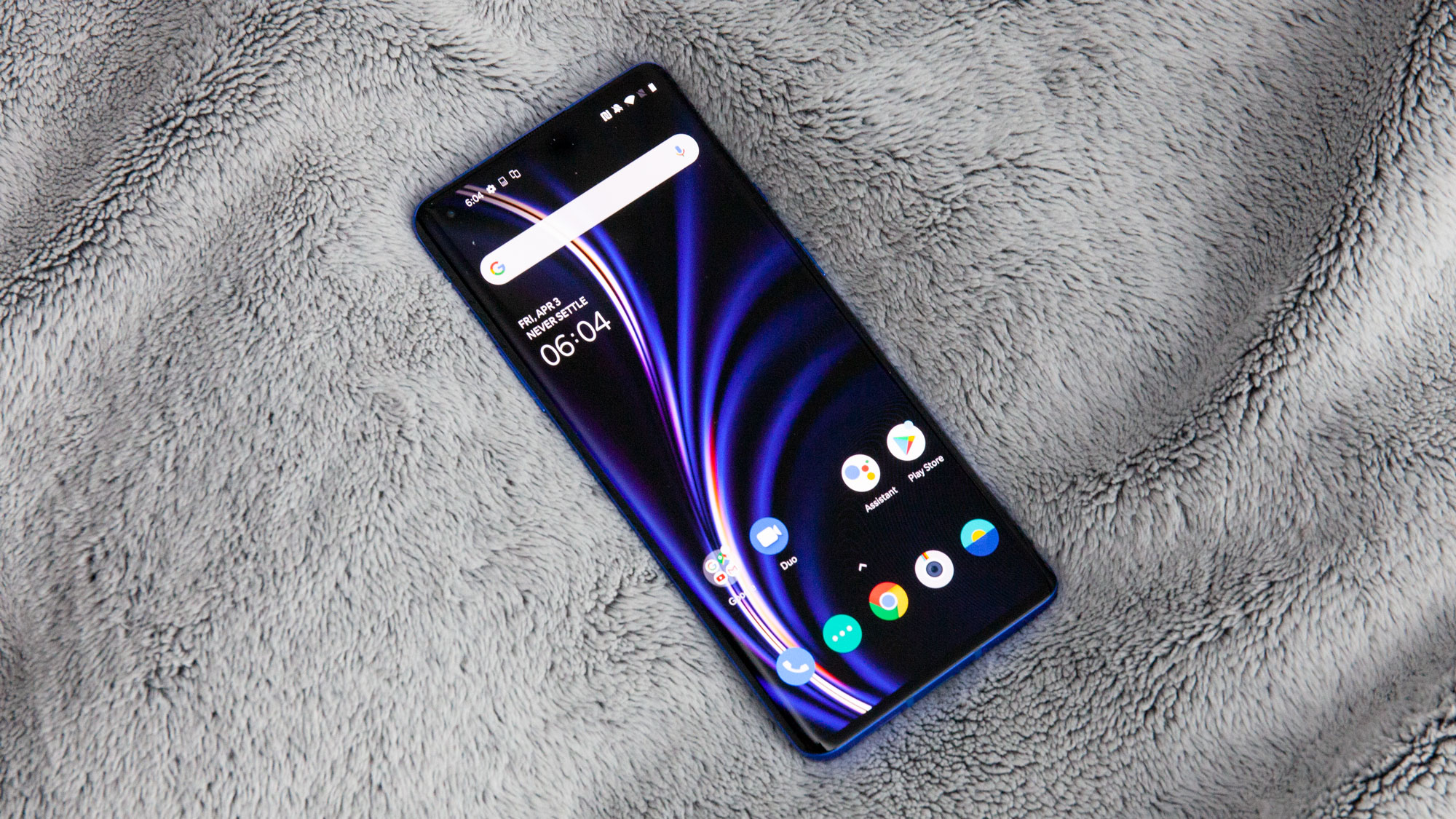
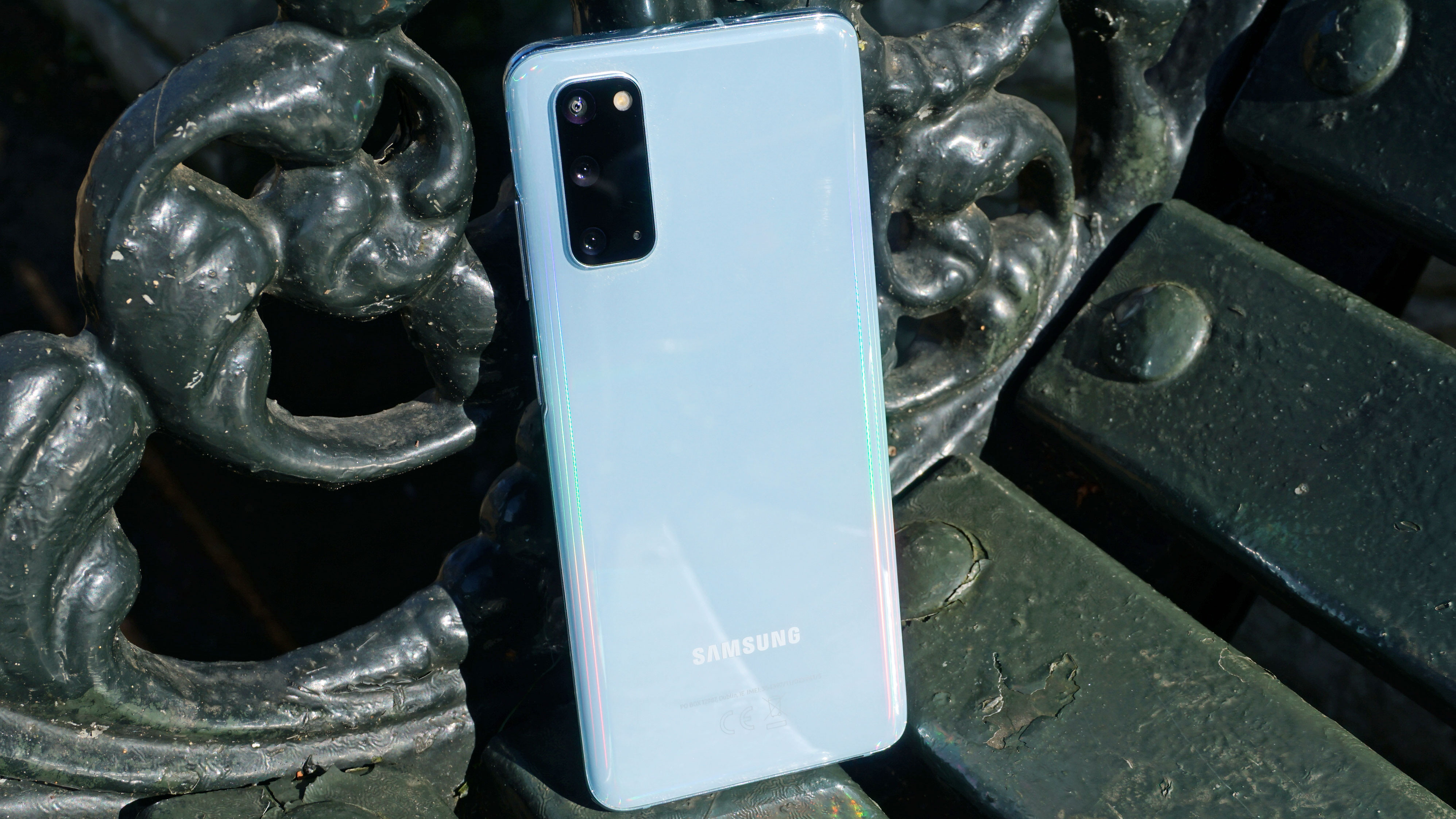
It’s tough to separate these two phones, and there are many parallels when it comes to price, design and screen technology. While it’s far from a clean sweep, though, we’d give the clear edge to the OnePlus 8 Pro.
Offering up a bigger display that can be cranked up to QHD and 120Hz simultaneously, this is something the Galaxy S20 simply can’t match. The OnePlus is also a better performer than the global Galaxy S20 model, and you get 5G connectivity regardless of the SKU you opt for.
When it comes to photography, both cameras have their strengths and foibles. The OnePlus 8 Pro’s shots are perhaps more natural-looking and more capable in low light, while the Samsung produces punchier colors and more expansive ultra-wide shots, as well as offering the potential for 8K video capture.
Finally, we’d give the OnePlus 8 Pro the nod when it comes to software. OxygenOS is simply a cleaner, faster, and less bloatware-ridden experience than Samsung’s One UI.
If you prefer smaller phones, or if you catch wind of a cut-price deal, then the Samsung Galaxy S20 is still a brilliant pick, and one of the best phones on the market right now. But if we were given a straight choice between the two, the OnePlus 8 Pro would get our money.
- What we know so far about the OnePlus 8T and Samsung Galaxy S21

Jon is a freelance journalist who has been covering tech since the dawn of the smartphone era. Besides TechRadar, his words and pictures have appeared in The Telegraph, ShortList, Tech Advisor, Trusted Reviews, Expert Reviews, and more. He largely covers consumer technology, with a particular focus on smartphones and tablets. However, he's also been known to dabble in the worlds of entertainment and video games.